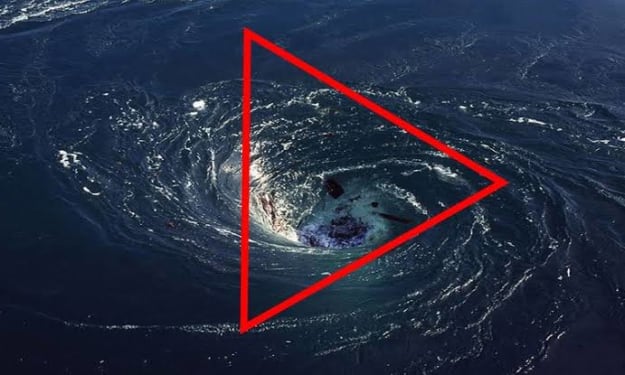
The largest peak in the world, Mount Everest, has a variety of unknown realities and is a lasting symbol of exploration and experience. Mt. Everest is every traveler's dream to reach its highest peak on the planet. Numerous visitors and explorers attempt to culminate and trip to the Everest Headquarters on a regular basis, coming from all corners of the globe. It is arguably the most well-known goal and well regarded peak among 8000-meter peaks worldwide.
There are several astounding realities that most swashbucklers are unaware of. Here are some of those fascinating and incredible facts about Mount Everest.
The height of Everest isn't quite fixed.
As every one of you likely assumed, the height of Everest is 29,029 feet (8,848 meters), yet this is unconfirmed. Everest's elevation was assessed to be 29,002 feet above sea level when it was last examined for a time. Everest's level was reassessed at that time, a century later, and it was discovered to be closer to 29,029 feet. Once again measured in 1999 using GPS technology, the height of Everest was found to be 29,035 feet above sea level. Along with this problem, it was eventually decided that the level should be 29,029 feet above sea level, but there is still a desire to measure the level of Everest using contemporary advancements and come to a final decision regarding the true height of Everest.
The most important question is: Was Mount Everest climbed in 1924 or not?
Mt. Everest's initial official summit ascent was documented on May 29, 1953. Edmund Hillary and Tenzing Norgay Sherpa successfully ascended Everest and descended back down. Whatever the case, there are some experiences that demonstrate that they were the second team to summit Everest. Two people by the names of George Mallory and Andrew "Sandy" Irvine were seen 800 feet beneath the climax in 1924 as they climbed the last edge. The two of them were never again seen alive as the mists rolled in and buried the peak. Consequently, regardless of whether they had the choice to get to the top, this fact is still ambiguous. Climbers have been talking about these remaining pieces up until this point.
Could you ever ski on Mount Everest?
In fact, there aren't any recognized SKI resorts or anything similar yet. However, you'll need the skills of a top-notch skier and mountain climber if you want to SKI the highest Mountains on the planet. There are those who have SKIED the mountain at various occasions. A well-known, respectable work by Yuichiro Miura was produced in 1970. The story "The One Who Skied Down Everest" which later earned a Foundation Grant also details it. However, this dude didn't SKI the entire mountain's length. It was a separate world-class skier named Davorin Karnicar who made a notable achievement. He skied for five hours, descending about 12000 feet, and then returned to the south side of Everest's summit.
The Rise Ever to Mount Everest who abstained.
You shouldn't have been aware of the sudden spike. We are here to divide it for you in this way. Typically, it takes 3–4 days of travel to reach the upper camps before ascending to the real peak. In any event, it took a man by the name of Pemba Dorje Sherpa an astonishing 8 hours and 10 minutes to ascend to the summit of Everest. He had the chance to gain 11,325 feet during this period, and he also had the chance to set a record for the fastest ascent of Mount Everest. No one has ever had the chance to break the official world record since it was set on May 24, 2002, and since then. To beat that record and establish your own, you'll need godlike power and significantly greater confidence.
Everest isn't as difficult to summit as the media portrays.
Undoubtedly, climbing Everest can be a dangerous undertaking, and prudence is always needed. However, you would feel that trying to endeavor is a pointless exercise if you somehow managed to trust some of the reports in the general media each spring. To better explain, during the spring 2013 climbing season, more than 600 climbers successfully reached the top, and nine people perished in the undertaking. Clearly, every death on the mountain is a tragic one, but these statistics indicate that 1.5% of those who attempt to summit Everest may die. This success rate pales in comparison to the death rates on K2, which are closer to 25%, and Annapurna, where 38% of climbers perish while trying the summit. When compared, those two peaks are far more difficult to summit, while those two Everests are the easier ones.
Additionally, you will genuinely wish to summit Everest successfully if you have the best team members, basic equipment, and confidence.
About the Creator
TYPO LOG
TYPO LOG is a seasoned article writer with a passion for crafting engaging and informative content. With 15 years of experience, delivering well-researched articles that captivate readers and provide valuable insights.






Comments (1)
"Insightful article! Offers valuable information and a fresh perspective on the topic. Highly recommend reading it."